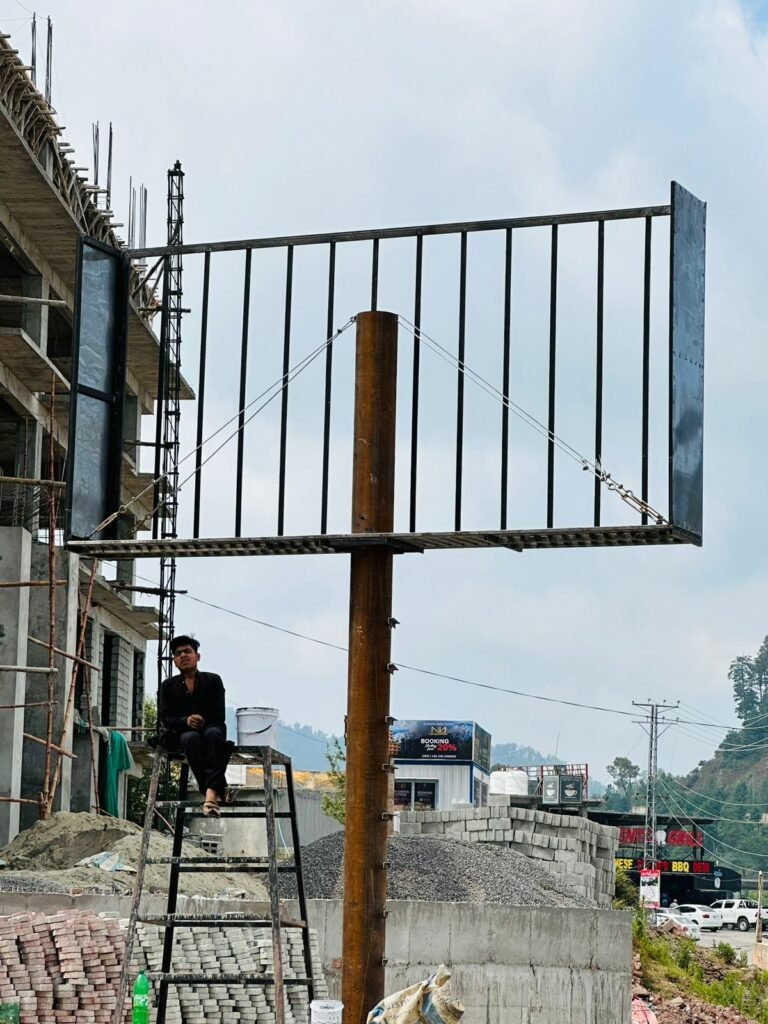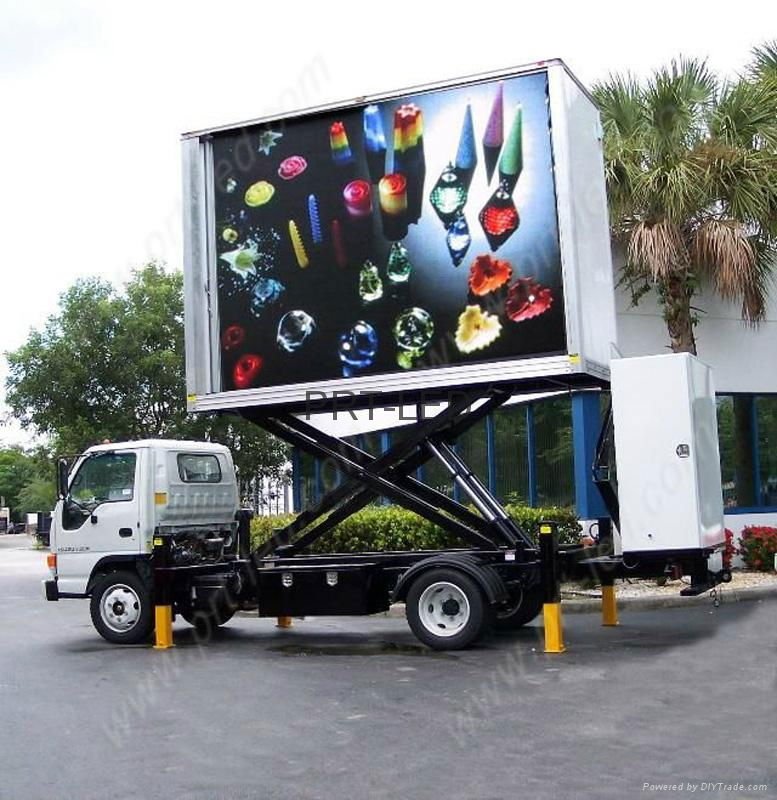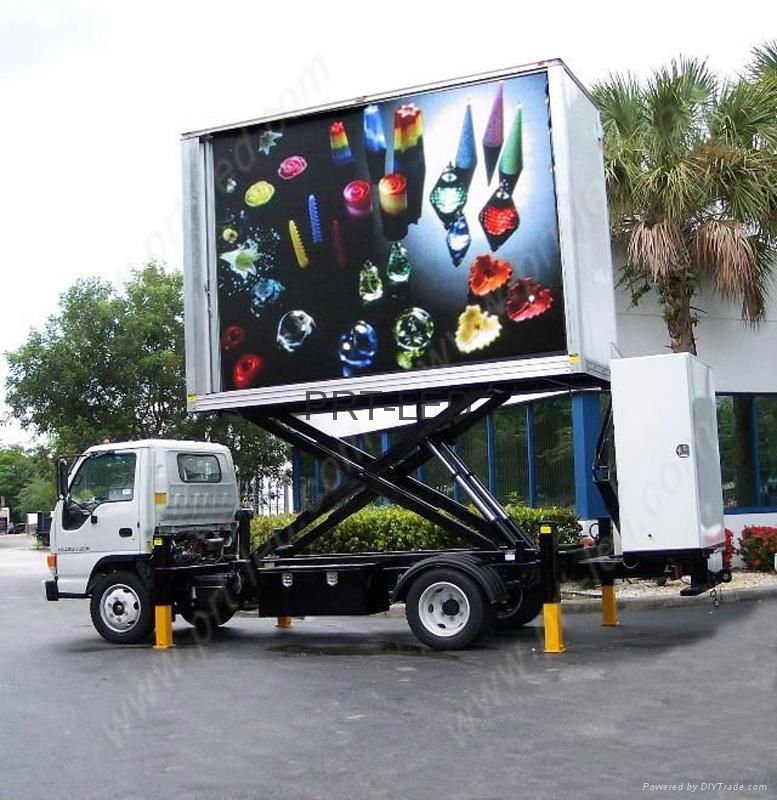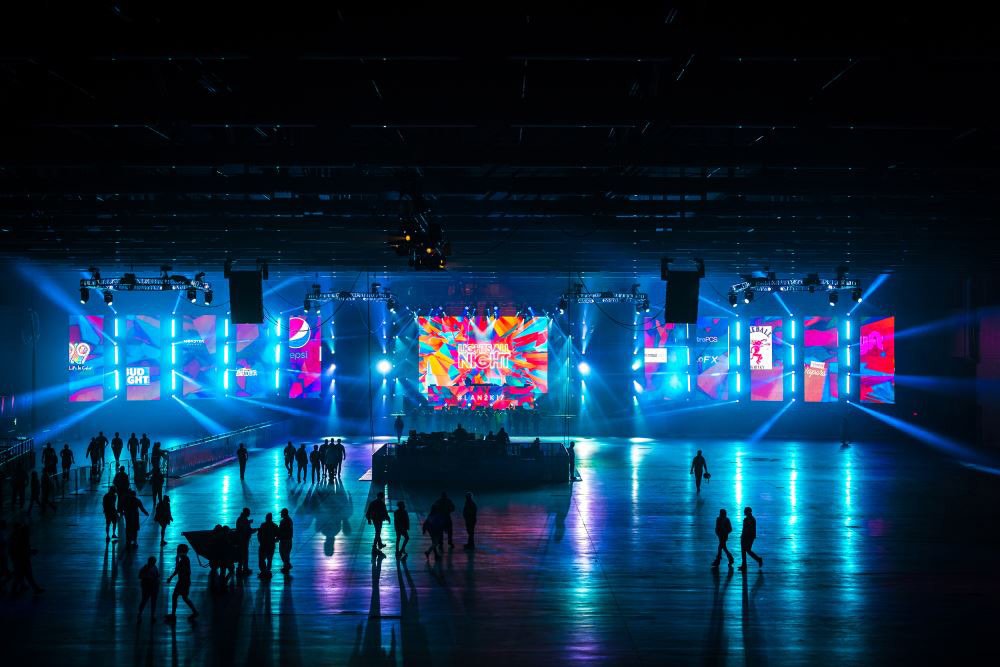Installing a Full-Color LED Display can be a game-changer for businesses, events, and public spaces looking to captivate their audience with vibrant visuals. However, before diving into the installation process, there are several important steps to ensure that your display operates smoothly and delivers the best results. At Sunrise Enterprises, we specialize in providing high-quality Full-Color LED Displays, and we’re here to guide you through the essential preparations for a successful installation.
1. Assess Your Location and Environment
Before installing a Full-Color LED Display, it’s crucial to assess the location where it will be placed. Consider whether the display will be used indoors or outdoors, as this will affect factors like brightness, weather resistance, and size. Outdoor displays require higher brightness levels and more durable materials to withstand varying weather conditions, while indoor displays can focus on fine resolution and lower brightness settings.
- Outdoor installations: Ensure the display can handle extreme temperatures, rain, and sun exposure.
- Indoor installations: Focus on screen size, pixel pitch, and the room’s ambient lighting to ensure the best viewing experience.

2. Understand Power Requirements
A Full-Color LED Display requires a substantial and stable power supply to function efficiently. Before installation, you need to understand the power requirements of the screen to avoid interruptions during operation. Ensure that the power capacity at your site can handle the display’s load, and if needed, consult with an electrician to prevent power issues.
- Check power capacity: Verify that your power supply is sufficient for the LED display.
- Backup power options: Consider adding backup generators or UPS systems to maintain uptime during power fluctuations.
3. Determine Viewing Distance and Pixel Pitch
The pixel pitch of your Full-Color LED Display directly impacts the clarity and resolution of the content shown. Pixel pitch refers to the distance between the center of one LED cluster and the center of the next. The smaller the pixel pitch, the clearer the image, especially when viewed up close.
- Close-range viewing: If your audience is close to the screen, a smaller pixel pitch will provide sharper visuals.
- Long-distance viewing: For displays that will be viewed from a distance, a larger pixel pitch may suffice without compromising image quality.
4. Check Structural Integrity
The structure on which your Full-Color LED Display will be mounted is just as important as the display itself. Whether wall-mounted, suspended, or free-standing, the structure must be sturdy enough to support the weight of the LED display and handle any environmental pressures like wind or vibrations.
- Wall and ceiling checks: Make sure the surface is strong and secure.
- Support structures: If the display is free-standing, ensure that the supporting frame is durable and stable.
5. Plan for Data and Signal Transmission
Your Color LED Display will need to be connected to a control system that delivers the content, so data and signal transmission planning is key. Make sure that the cabling and connections between the control system and the LED display are secure and of high quality to avoid signal disruptions.
- Ensure high-quality data cables: Use appropriate cables like HDMI, SDI, or fiber optics to maintain signal integrity.
- Choose the right control system: Ensure the software is compatible with your display to manage content smoothly.
6. Optimize the Viewing Angle
Another important consideration before installing a Full-Color LED Display is the viewing angle. Make sure the screen is installed at an angle that provides the best visibility to your audience. The display should be positioned in such a way that it can be easily viewed from various directions without causing distortion or loss of clarity.
- Positioning: Install the display at the right height and angle for maximum visibility.
- Testing: Run a visual test after installation to check for any obstructed views or distortions.

7. Test and Calibrate the Display
Before going live with your Full-Color LED Display, it’s crucial to test and calibrate the screen. Testing ensures that all the LEDs are functioning correctly and the colors are vibrant and balanced. Calibration will allow you to fine-tune the display settings, including brightness, contrast, and color saturation, to achieve the desired visual effect.
- Test each module: Make sure all sections of the display are working properly.
- Calibrate color and brightness: Ensure the display produces consistent and high-quality visuals.
8. Consider Maintenance Needs
Maintaining your Full-Color LED Display after installation is important to ensure longevity and optimal performance. Before installation, consider how accessible the display will be for future maintenance and repairs.
- Ease of access: Make sure the design allows for easy access to the panels for cleaning or repairs.
- Maintenance schedule: Develop a maintenance plan to keep the display in top condition over time.
A Full-Color LED Display is an investment that can significantly enhance any space with its stunning visuals and high brightness. However, careful planning and preparation are essential for ensuring a successful installation. By assessing the environment, understanding power and structural requirements, and testing the display thoroughly, you can maximize the impact and lifespan of your Full-Color LED Display. At Sunrise Enterprises, we’re here to provide expert guidance and high-quality products to make your installation seamless and efficient.




